Have you ever sprayed on your cologne and thought, This smells just like my friend’s perfume? I’ve been there. It’s almost uncanny how two completely different bottles can give off such a similar vibe. Naturally, I had to ask what he was wearing. When he told me, I couldn’t believe it—it wasn’t the same, and to top it off, his was way cheaper than mine.
What’s even more frustrating is that sometimes, even when two people wear the same perfume, it can smell completely different. It’s as if their scent lasts longer or has a different kind of presence altogether.
If you’ve noticed this too, you’re not imagining things. There are real reasons why many fragrances smell similar or different depending on the person. Some even say all perfumes and colognes smell the same, but there’s more to the story.
Today, I’m breaking it all down for you. Let’s dive into what makes these scents so alike (or so unique) and how certain ingredients play a big role in it all.
1. Shared Ingredients and Notes
If you’re unfamiliar with the term “notes” in perfumery, it refers to the individual components or ingredients that make up a fragrance. These include florals, fruity, woody, and musky components, all of which play a role in how a scent is perceived by the nose.
The following notes are mass appealing, which is why they are commonly used in popular perfumes.
- Vanilla
- Sandalwood
- Bergamot
- Vetiver
- Musk
Now, these ubiquitous ingredients are loved by consumers, and many brands tap into them, which is also the reason why they often end up smelling the same.
Another example is colognes that are citrus-based, often relying on bergamot as the top note, which can make men smell fresh and vibrant. Similarly, gourmand blends frequently feature vanilla and tonka bean, creating comparable sweet aromas.
2. Industry Duplication and Trends (Inspired, Dupes & Clones)
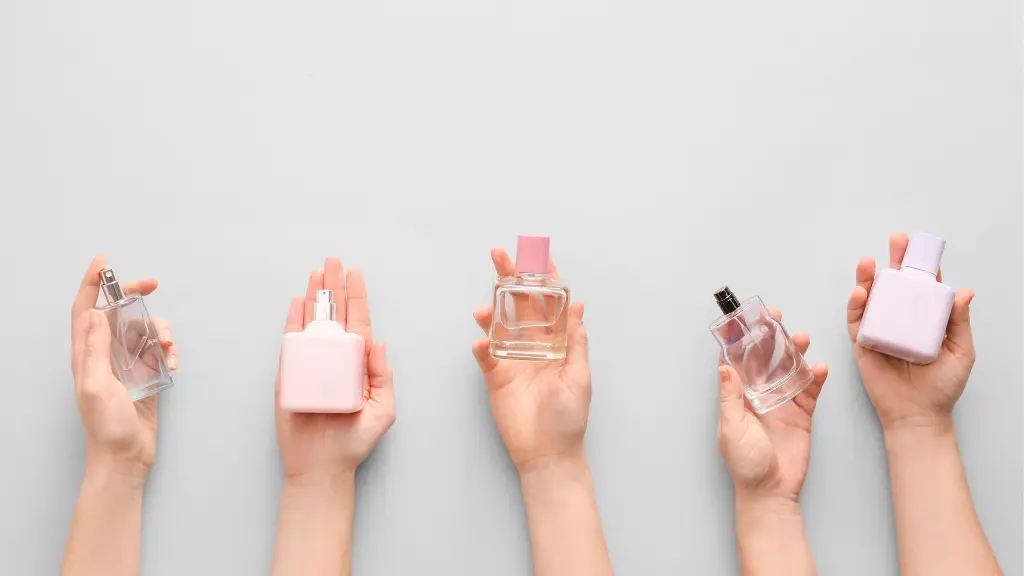
When perfumer Pierre Bourdon released Davidoff’s Cool Water in 1988 as a fresh aquatic scent, other brands quickly developed similar fragrances to meet the demand. This practice is known as “inspiration.” It allows brands to compete without reinventing the wheel.
In some cases, “dupes” are intentionally crafted to mimic high-end perfumes but are sold at more affordable prices, just like clones. These often replicate the DNA of the original, using a similar blend to smell exactly like it. I frequently encounter this with many Middle Eastern fragrances, which, surprisingly, often perform better than the originals they imitate.
To give you an example of what dupes or clones are, here are some popular fragrance houses and brands you might not know have been replicated.
| Designer/Niche | Dupes/Clones |
|---|---|
| Jean Paul Gaultier Ultra Male | Afnan 9pm |
| Dior Sauvage EDT | Prada Carbon / Al Rehab Officer |
| Dior Sauvage Elixir | Lattafa Perfumes Asad |
| YSL Y Edp | Lattafa Fakhar |
| Creed Aventus | Armaf Club de Nuit intense man |
| Creed Green Irish Tweed | Armaf Tres Nuit |
| By Kilian Angels’ Share | Lattafa Perfumes Khamrah |
| Parfums de Marly Layton | Al Haramain Perfumes Détour Noir |
| Amouage Interlude Man | Afnan Supremacy Incense |
| Baccarat Rouge 540 | Club de nuit Untold |
Be careful when buying perfumes, as some counterfeit and fake ones exist. Additionally, many scents can smell alike because they are often flankers or almost identical variations of popular fragrances.
Learn how to tell if perfume is fake and why many scents smell alike to us.
3. Limited Raw Materials
While the perfume industry boasts thousands of ingredients, the most commonly used materials are surprisingly limited. Natural ingredients like jasmine, rose, patchouli, and ambergris are staples in many high-end perfumes. Ambergris, often referred to as “floating gold,” adds a unique, warm, and slightly marine depth to fragrances, making it a prized component.
Synthetic compounds such as iso e super (a woody note) or ambroxan (a warm, musky note) are also used in many formulas to replicate the qualities of natural ingredients and provide consistency.
4. Nose Perception and Scent Memory
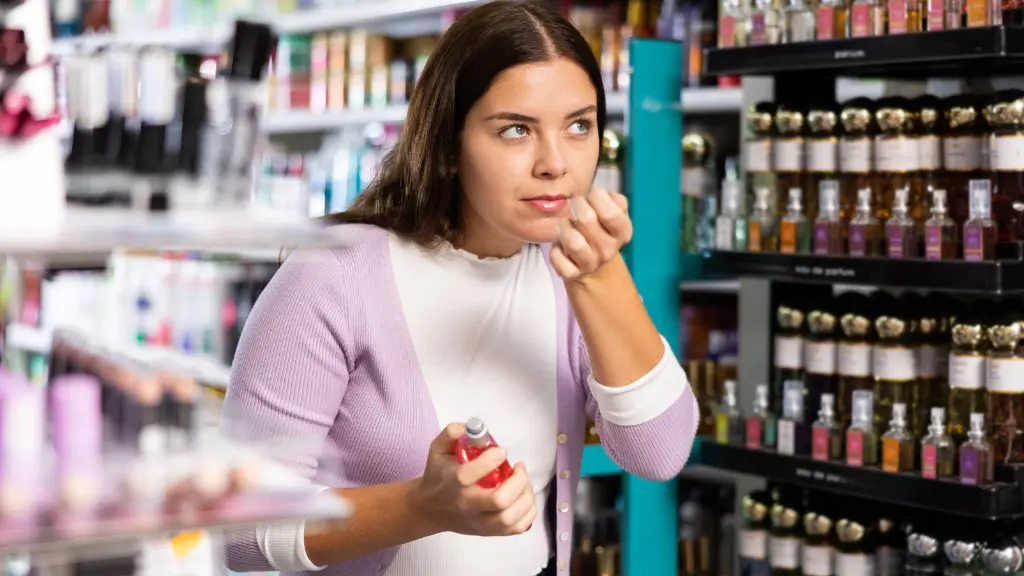
Our sense of smell is deeply influenced by memory and personal experiences. Research indicates that when two products share a dominant note, such as lavender or citrus, they can evoke a similar impression, leading individuals to perceive them as nearly identical. This phenomenon occurs because the nose detects the shared notes, and the brain associates these smells with past experiences, making perception highly subjective and dependent on individual skin type.
For instance, a study published in Frontiers in Behavioral Neuroscience discusses how olfactory memory networks, from emotional learning to social behaviors, play a crucial role in how we perceive and differentiate scents.
5. Designer vs. Niche Perfumes
Mass-market designer perfumes are made to appeal to a wide audience, often resulting in safe and familiar profiles. If you’re new to the perfume world, designer options are usually the best place to start.
On the other hand, niche brands, crafted by skilled perfumers, focus on creating unique and bold compositions that often stray from mainstream trends. This is why they are less likely to smell like popular colognes.
These types of perfumes are strong, and striking, and can feel overwhelming if you’re not used to them. Exploring niche fragrances requires an open mind and patience to find the ones that truly resonate with you.
6. Reformulations and Licensing
Fragrance reformulations and shared licensing agreements also contribute to the similarity. Sometimes, a brand may reformulate its scent or sell the rights to another company, leading to perfumes that closely resemble one another under different names.
How to Find a Truly Unique Scent
Finding a unique scent that feels like you doesn’t have to be overwhelming. With a few simple tips, you can refine your preferences and discover how to combine different perfumes, whether they are masculine, feminine, unisex, or completely tailored to your personality.
Experiment with Fragrance Layering
Why settle for one fragrance when you can create your own? Layering two or more perfumes allows you to mix and match notes, giving you a completely personalized signature scent.
If you don’t know how to layer your perfumes, here’s our article to help you get started:
Look for Unique Notes
Rare ingredients like oud, saffron, or seaweed can give an extra wow factor. Research perfumes with these kinds of notes for something truly unforgettable.
Have you ever noticed how perfumes smell different on everyone? That’s because your skin type, body chemistry, and even your environment play a role.
If you’re looking for that perfect match:
- Understand Your Chemistry: Always test perfume on your skin—what smells great on a card might not work the same way on you.
- Think About the Setting: A cozy evening choice might not be the best for a bustling office. Choose a cologne that matches your environment.
- Try Workshops: These can help you learn about different profiles and even inspire you to create your own blends.
A Few More Tips to Nail Your Signature Scent
- Go Seasonal: Fresh citrusy fragrances are perfect for summer, while warm, spicy scents are great for colder months. Choosing a particular fragrance that you can wear for each season can enhance your overall experience and make the scent feel more appropriate for the time of year.
- Sample First: Grab a sample or travel-sized bottle before committing. It’s the easiest way to see how a scent evolves on you throughout the day.
- Trust Your Instincts: At the end of the day, the best fragrance is the one that makes you feel confident and comfortable—no matter what anyone else says.
With a little exploration and patience, you can find a fragrance that feels as unique as your personality. Trust me, it’s worth the journey!
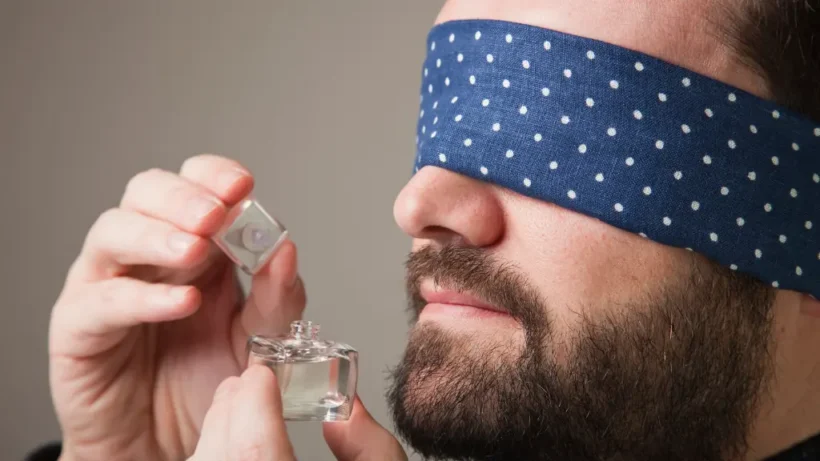
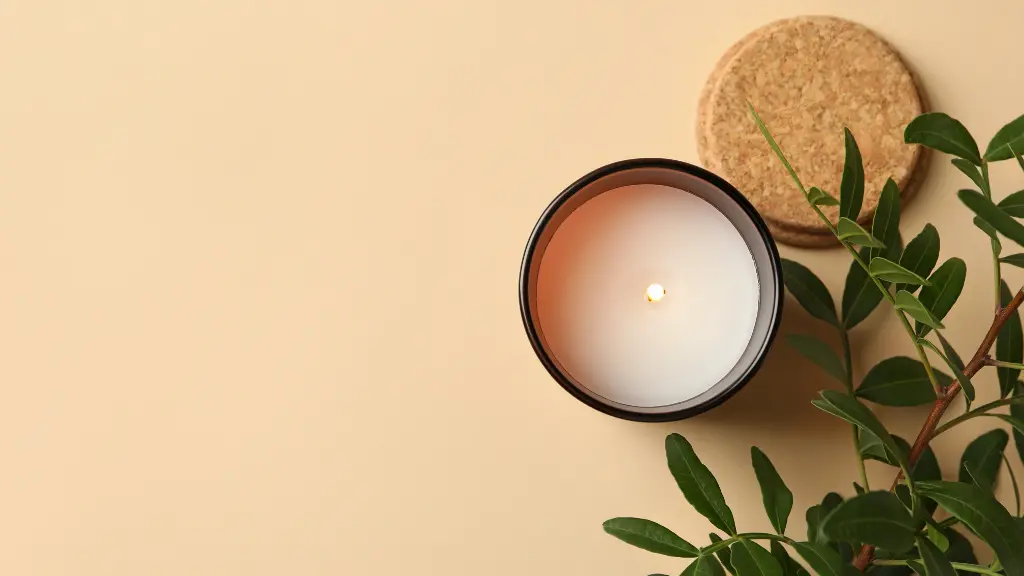
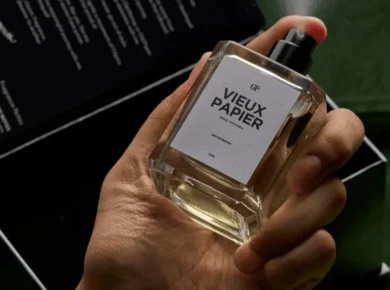
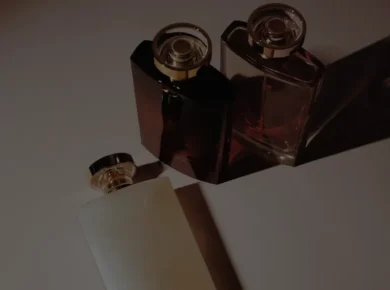

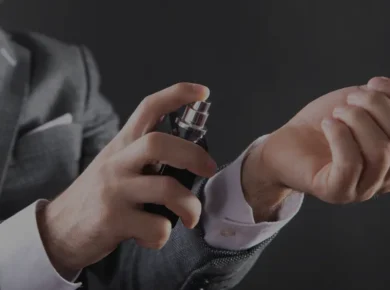
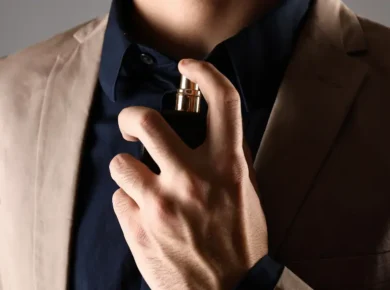

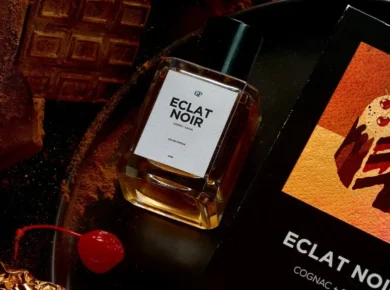
1 comment
Comments are closed.